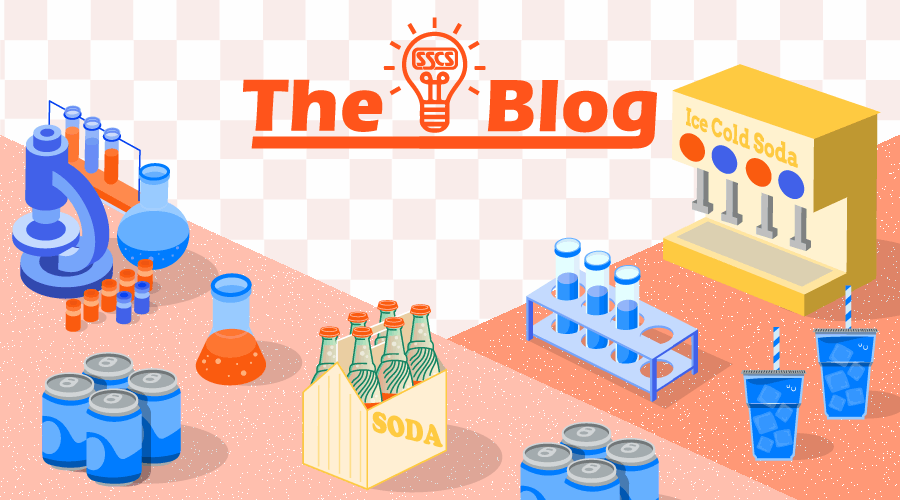
Better Living through Chemistry: How the Soft Drink Came to Be
The history of the carbonated drink is filled with key innovations and good tasting stuff.
In 1935, DuPont introduced the slogan, “Better living through chemistry.” The company retired it a long time ago, but the saying lives on, mostly through being co-opted for other uses, including band names, songs, and movies. Oh, and video games.
But did you know that chemistry is also the reason we have soda and all the other carbonated beverages for which your convenience store is a go-to destination? It’s true. In 1767, Joseph Priestley invented carbonated water when he discovered a method of infusing water with carbon dioxide. According to Wikipedia, he wrote of the “peculiar satisfaction” he found in drinking it.
He wasn’t the only one. Before long, drinking carbonated water came to be considered to be a health tonic—and that was before they started infusing it with additives such as fruits and berries, herbs and spices, and botanicals. Ingredients like ginger, for example, resulted in popular drinks like ginger ale. Before long, department stores across the country boasted a new type of attraction: the soda fountain.
In those early days the fountain was a popular place, not just for refreshment, but for associated health benefits, at least, allegedly. Assisted by the mass production of carbonated water by forcing carbon dioxide gas into water (another victory for commercial chemistry!), the boutique model flourished and remained even after the syrups from Coke (kola nuts, etc.) and Pepsi (kola nuts, pepsin, etc.) broke through to the market in the early 1890’s. After all, the spread of the product base could grow only as far and as fast as Victorian transportation could deliver the syrups to drug stores.
Given the consistent and growing demand for carbonated drinks, It was only a matter of time until American ingenuity shattered this limitation. It did so in the early 20th Century, not through chemical engineering again, but through mechanical means: mass bottling. The industry hasn’t looked back since, later introducing cans and diet syrup in the 1960’s.
Today the remaining soda fountains in the U.S. usually show up as rare, often notable customer destinations (you can read about 14 of them here). The convenience store, on the other hand, has taken over as a mass distributor of soft drinks of all types, with a solid record of inventing its own variations on the theme, most notably the frozen dispensed beverage.
But it isn’t just fountain drinks that allow the c-store to dominate, it’s the literally hundreds of packaged beverages in coolers and on shelves, many taking their own unique approach to cement convenience store’s reputation as the premier location for soft drinks. It even has come to define the c-store experience, at least, partially.
But an operator has to build an inventory mix that works for the customer. This means keeping up-to-date on performance. Which crazy drinks do customers want? Which ones bore them? Finding a broad (and dynamic) spectrum of beverages that contribute to a good inventory mix creates a chemistry of its own: the chemistry of profit.
If following good inventory management practices aligned with the right software sounds like something that you’d like to explore, the SSCS back office system, the Computerized Daily Book, is designed to take soda profitability to the next level. Our solutions explore inventory from a lot of different angles. We can show you how and why if you give us a call at (800) 972-7277.

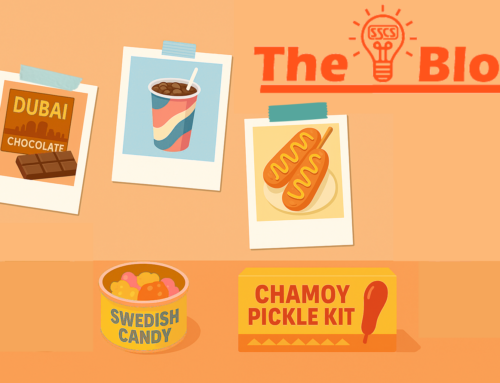
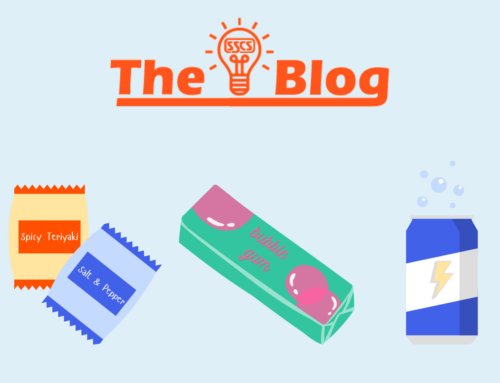
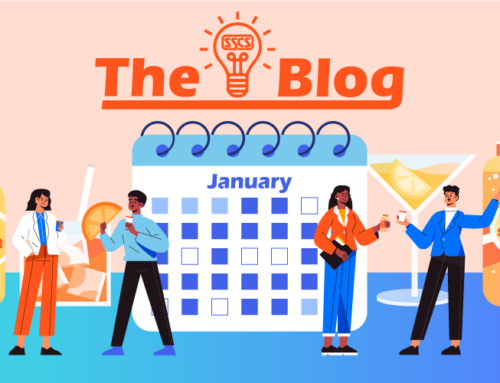
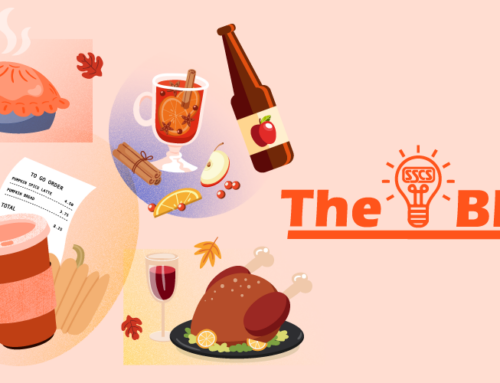
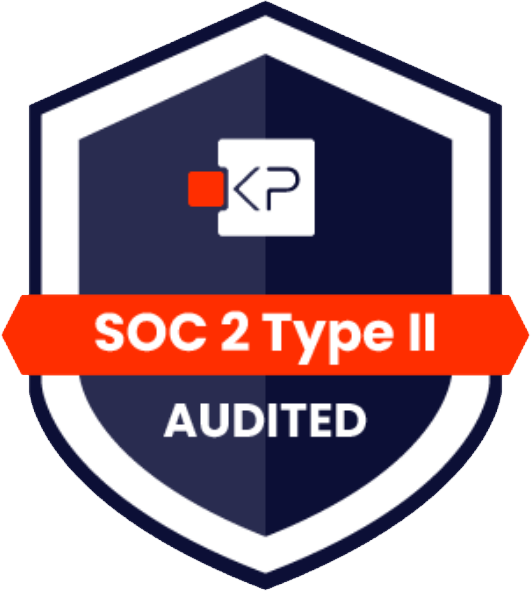
Leave A Comment